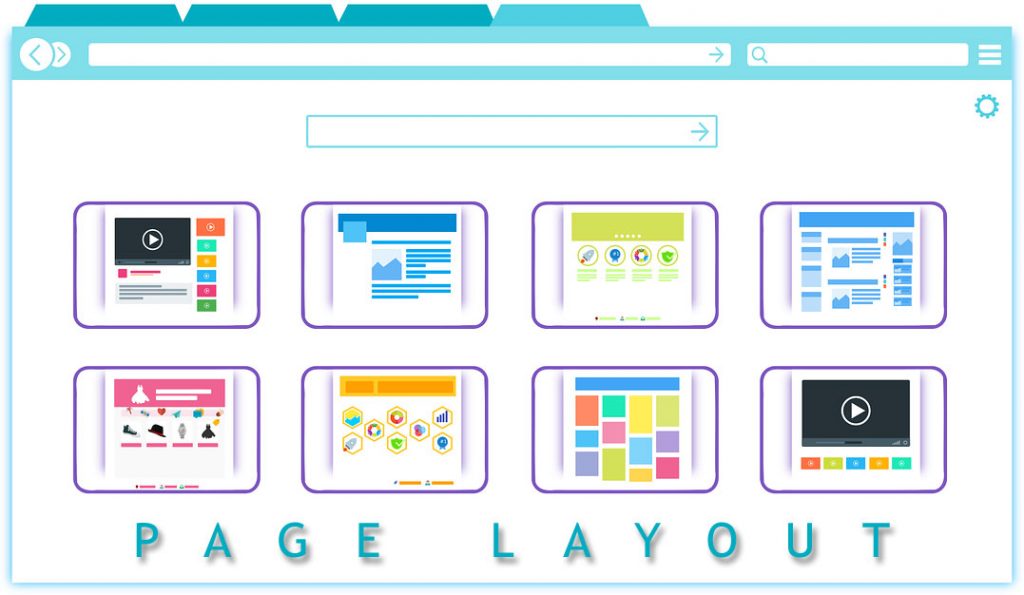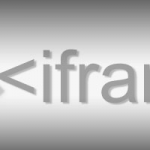
Have you searched for something and landed on a website that greeted you with nothing but advertisements? Ever been to websites full of Google Adsense or other advertisements that bury the content of the page — if there is any — below the advertisements, forcing you to scroll down before you find any useful information?
A large number of websites have historically depended on advertisements as a means for revenue generation. Nothing wrong with that — even offline publications depend on advertisements for revenues. However, offline publications usually do not have advertisements on more than 15%-20% of their pages. Websites though have often tended to abused and over-used advertisements on their site to the extent that they over-shadow the original content of the site. The Google Page Layout algorithm was an effort by Google to reward websites that promote content and penalize websites that have advertisements in the first fold of web pages.
What is the Google Page Layout Algorithm?
In January 2012, Google first announced the Page Layout Algorithm, developed based on complaints from searchers. When websites devote a large portion of the top of a web page to advertisements, it becomes an irritating and less than desirable experience for visitors to these pages. The original version of the Google Page Layout algorithm was designed to penalize such websites and demote them in search engine rankings in favor of websites that have content easily accessible and visible at the top of the page.
Simply put there are two parts to the page layout algorithm:
1. Advertising in the first fold:
If a website mainly has advertising in the first fold (the part of the page that\’s visible on the screen when the page first loads before scrolling), then that website would qualify for the penalty by the Google page layout algorithm.
2. Lack of content in the first fold:
Even if a website does not have advertisements in the first fold, if it has a large Flash animation or some form of non-content element that pushes the content of the page down below the first fold where visitors have to scroll to see the content, then there\’s a good chance the site would qualify for the penalty.
Does that mean you should not have any visual elements at the top of the page? No. You can certainly have a masthead, visuals or even animation elements at the top of the page to add to the site\’s visual appeal of the site. This update is not aimed at forcing people to not have a visual appeal. However, if the visual element is so big and pushes the content so far down that it isn\’t visible till people scroll, then it is believed to create a poor experience for visitors who look for content when they land on a page by clicking on a listing in search results.
Impact of the Google Page Layout Algorithm?
If yours is a website that has an extremely strong brand recall; or if most of your traffic is from paid advertising campaigns or email marketing, the Google page layout algorithm may not mean much of a difference for you.
However, if you depend a lot on organic traffic from organic search — Google, in particular — and if most of these visitors are from generic keywords and not searches on your brand name, then your website competes with possibly millions of pages for a place in the search results. If Google penalizes your website for not having enough content in the search results, your website could start falling in search results. This will directly impact the traffic your website gets.
If you depend on Google organic search for your visitors, you need to make sure that your visitors do not have to scroll to see the content that pages in your website contain.
Professional Web Design Services from Flying Cow Design
Flying Cow Design has a track record of over 20 years of professional web design. What differentiates us from most web design companies is that our focus is not only on web design, but on building a strong online presence for our clients. Understanding the changing web development standards and search engine guidelines has helped us build a strong web presence for many of our clients through a combination of our web design and internet marketing services. To see how we can help you build a strong web presence, write to us today!
CEO, Flying Cow Design
Attended University of Auckland
Lives in San Francisco Bay Area










